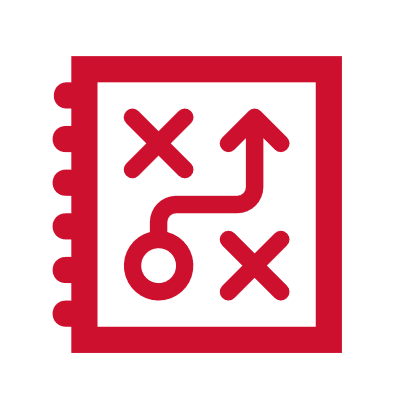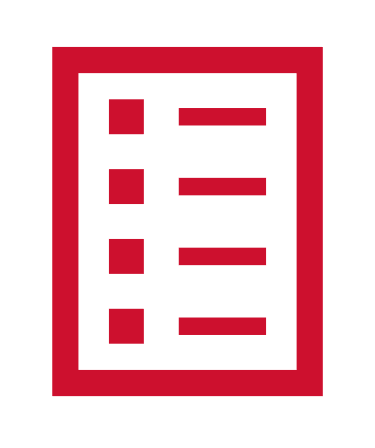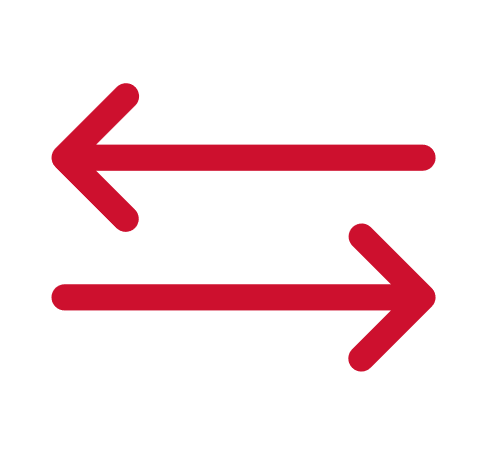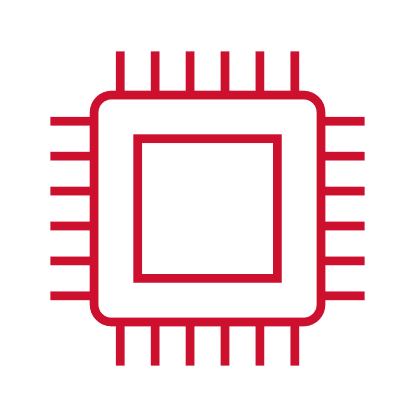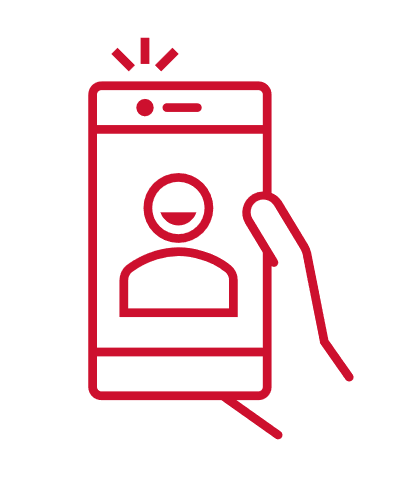
Agile reboot
On the occasion of the outsourcing of the bonus program, our client is switching to agile project methods, which in turn mobilize synergies in the interaction of the elements of the multi-channel strategy. One of these sub-projects is the development of an IT platform for the kiosk systems in the chain’s stores. The self-service terminals enable individual targeting, advertising and access to offers from the bonus program. The platform can also be used to display store-specific, centrally provided and external content at the kiosk or on customers’ mobile devices. Because web technology is predominantly used here, the project team can draw on many years of experience and work with common frameworks.
Another advantage of working with the external program provider is that many customers are familiar with the kiosk user interface from other retailers. This lowers the acceptance threshold. Self-promotion launched at the kiosk and combinations of offers from the retailer and the loyalty program provider bind regular customers more strongly to the brand and motivate new customers to participate. The spectrum ranges from vouchers to exclusive content only offered at the terminal to competitions. The fact that apps from external partners are integrated into the terminal also makes it attractive for target groups that have not been reached so far.
From a professional and technical point of view, the multi-channel approach aims to present the retail chain consistently to its customers on all channels. To achieve this, several individual projects must work together and coordinate their content. Data from purchasing, checkout systems, click flow at the terminal or on the web can be used to determine customer preferences and finely segment the market. This tracking also provides figures for measuring the appeal of the apps at the kiosk, the reach of the loyalty program, and the success of subscriber acquisition.
“At the end of the day, successful integration always takes place on a human level, so dealing with each other in a spirit of partnership is key.”
– Claus Ried –
Parts become a whole
Finally, it was necessary to link the subprojects, which had initially been pursued separately, from the platform to the kiosk apps, by reusing previously developed services and interfaces to create a functional and technical infrastructure. Such large-scale projects can only be managed with an agile process model. This is where the Consileans‘ constant practice in agile working pays off, as does their profound industry expertise.
Product and IT innovations are part of business in all industries today. When companies switch to agile methods for such projects, things get really complicated. Familiar, long-established procedures lose their validity overnight. That’s why companies should introduce agile working with projects that expand quickly and are noticed by the workforce. In this way, they prove the efficiency of the agile approach and promote it internally.
The fact that not everything always runs smoothly must be taken into account. Because the integration of the elements of a project ultimately takes place at the human level, partnership is the key. It is also important that the company management supports the project and sets out a clear strategy.
Interim status
Agile, professionally and comprehensively communicated subprojects gradually add up to more than the sum of their parts. The strategy is in place, but new findings from live operation and from the interfaces between the projects repeatedly indicate the need for functional or technical changes. New ideas cause the scope of the project to grow, and original deadlines now mark the beginning of the next expansion phase. What is new is the large number of subprojects and release dates at each stage.
Although some projects are still ongoing, the agile way of working has proven its worth. The fact that we were and are allowed to be involved in many places and that projects have grown together in human and technical terms, which no one thought of merging at the beginning, is due not least to the many years of trusting collaboration with the client.



